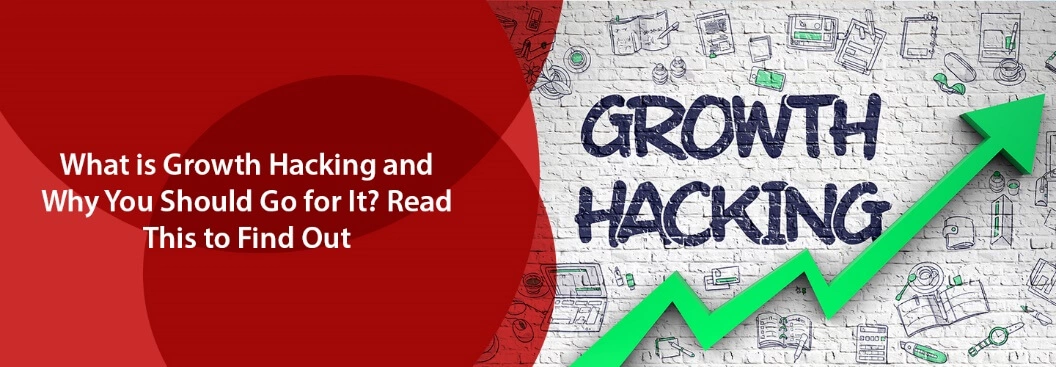This is the dream, right? Piles and piles of leads available to you with every opportunity to convert them, and (potentially) have a sale on your hands. As much as this is the dream, this is also the hardest part for some of us – because let’s face it… Lead nurturing isn’t a perfect equation.
Regardless of lead nurturing not being a perfect science, there are key components you can keep in mind, to ensure you’re doing everything you can to properly follow up, and have a more consistent, as well as higher conversion percentage.
Before jumping into different nurturing campaigns, take a look at some of these best practices to guide you along the way to successful conversion.

1. Having an auto response
I know you’ve probably been told this time and time again, but the importance of having an auto response for incoming leads is huge and often overlooked. The important component to remember with auto responses is that it should stay consistent. Whether that follow up be by email, text, or carrier pigeon, it must stay consistent for your own personal sanity and organization, as well as your leads. To put it a little more clearly… if you lead text you – don’t email them back right away. To keep things consistent, follow up immediately with a text. If the conversation grows into other lines of communication thereafter – great! Keeping those lines clear at first is super important, as it keeps communication in one place, AND super organized.
Follow up is also important because you’re acknowledging your leads existence as well as their efforts to reach out to you. Give them the assurance that you received their contact info – and you’ll be reaching out not only provides them with a little bit of solace, it also provides you with a reminder to follow up with them in more detail.
2. Give them a timeline
Ok cool, so a lead reached out to you and you’re writing up your first email, text or scroll for your carrier pigeon… but what info do you include in this first message back?
Well, the good news is, content is totally up to you as this differs from person to person. It is however incredibly important to give your leads an idea of when you’ll be following up with them – with the information they requested. Contact them within the timeframe you promised. If you said you would follow up with them in 24 hours – make sure to hit that mark. Keep in mind, this should also be specific to each and every individual, and should even be compared to your competitors in your area. Keeping that time accurate will show your leads you’re serious about helping them – and demonstrate good devotion and professionalism.
3. Value
Prospective clients are obviously reaching out to you for specific reasons, and its because they see value in what you’re doing and offering people. It’s important to provide prospects with something. You clearly have the information they want to have, so make sure you provide them with that, and something a bit more above and beyond.
One of StreetText’s top clients Dave Ehlke always mentions that he provides prospects with homework after their first few correspondances. This gives the prospect a reason to reach out to Dave at a later date with either the information he asked for or something else that will get them dialing his number again.
4. Future interactions
Make sure you open this up to them. After your first interaction, ask your prospect whether how they want to be contacted in the future. Leave this up to them, as a lot of people don’t enjoy the regular phone call, or maybe too busy for one. Ask whether they want continued communication, and clarify how they want that.
Personally, I rather people reach out via text or email because my schedule is very busy. Make the effort to ask, so you can have an acceptable way to follow up that everyone is comfortable with.
5. Ask for a referral
Truth is, not every prospect will be interested in what you’re doing and selling, and that’s okay! If the communication goes well, there is never any harm in asking for a referral to see whether or not the prospect knows someone who would be interested in your services.
The saying “It’s who you know, now what you know” is often accurate. Everyone knows someone who needs something, so there is no harm in asking. This could be the ticket to your next opportunity.
6. Not every interaction is perfect
This might be the most realistic piece of feedback you can bring into your nurturing techniques.
Not every interaction is perfect. Sometimes we don’t say the perfect thing, or we fumble with some of the information we provide to prospects. We all make mistakes, and none of us are perfect (even though sometimes we might feel we are).
Forbes magazine writes that it’s important to “learn from your mistakes and adjust your lead generation and conversion systems to improve your ROI.”
They continue by saying that it’s vital to use these experiences to improve for future interactions and lead nurturing systems. Everyone can always improve, so trying new things is great for professional development.
At the end of the day, finding your perfect systems to lead nurturing is a journey you have to go on by yourself.
Try new things, see what works for you and your business, and see what might not work so well. In time, you’ll be nurturing and converting prospects left right and centre. Remember some of these key points, as they’ll keep you on a straight and narrow follow up process that is ultimately more consistent, and will provide you with a higher conversion percentage.
For more information on Facebook lead generation, lead nurturing and conversion check out our blog for more information to enhance your business in 2018!













